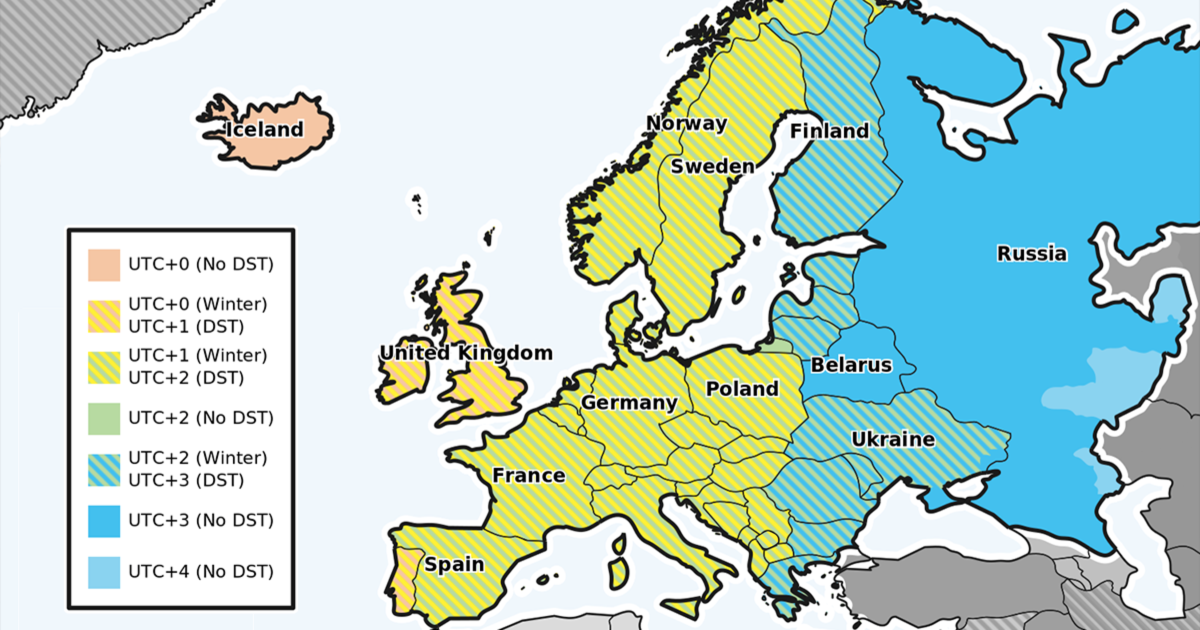

To help us improve this free resource, please share your feedback on this tool with us in this brief survey. With improvements in solar conversion efficiency, the rooftop potential in the country could be. This tool is currently available as a beta version. According to National Renewable Energy Laboratory (NREL) analysis in 2016, there are over 8 billion square meters of rooftops on which solar panels could be installed in the United States, representing over 1 terawatt of potential solar capacity.


In order to ensure an accurate, complete, consistent, relevant, and transparent GHG inventory, please refer to additional sector-specific calculation tools on the GHG Protocol calculation tools page, to The WRI/Quantis Scope 3 Evaluator tool for estimating scope 3 emissions, and other GHG calculation tools for additional GHG sources as needed. The tool does not cover all potential GHG emissions sources within a company's inventory boundary. Detailed instructions for use and examples of calculations are provided throughout the tool for ease of use. The tool offers users a step-by-step process to estimate company emissions for specific cross-sectoral emissions sources. Normalization also has its own limitations in the sense if the data set has more outliers then normalization of the data set becomes are tedious and a difficult task to be done to the data.The GHG Emissions Calculation Tool is a free, Excel-based tool from Greenhouse Gas Protocol and WRI that helps companies estimate their greenhouse gas (GHG) emissions based on the GHG Protocol.This formula and technique is also used in the marking scheme of various entrance examinations where in order to ensure that the candidate is neither benefited nor deprived by the level of difficulty in the examination, as a result, the candidate who has attempted simple or easier questions can get more marks in the test in comparison with the candidates who attempt difficult questions in the thought of getting more marks.This formula is also used in prediction modeling and forecasting which makes the model more relevant and user-friendly.It is usually known as featured scaling under which you try to bring data in a normalized or a standardized form to do analysis on it and draw various interpretations. Normalization is widely used in data mining techniques and data processing techniques.X new = (X – X min) / (X max – X min) Relevance and Uses of Normalization Formula Step 4: After determining all the values in the data set the value needs to be put in the formula i.e.

Step 3: Value – Min needs to be determined against each and every data point in the set. Step 2: Then the user needs to find the difference between the maximum and the minimum value in the data set. Step 1: From the data the user needs to find the Maximum and the minimum value in order to determine the outliners of the data set. The normalization formula can be explained in the following below steps: – So 197 is the maximum value in the given data set.ġ21 is the minimum value in the given data set. So 164 is the maximum value in the given data set.ġ01 is the minimum value in the given data set. Similarly, we calculated the normalization for all data value. Normalization is calculated using the formula given below Minimum Value in the data set is calculated asĢ0 is the minimum value in the given data set. So 75 is the maximum value in the given data set. Maximum Value in the data set is calculated as
MAPPING YOUR FUTURE STANDARD CALCULATOR DOWNLOAD
You can download this Normalization Formula Excel Template here – Normalization Formula Excel Template Normalization Formula – Example #1Ĭalculate Normalization for the following data set.


 0 kommentar(er)
0 kommentar(er)
